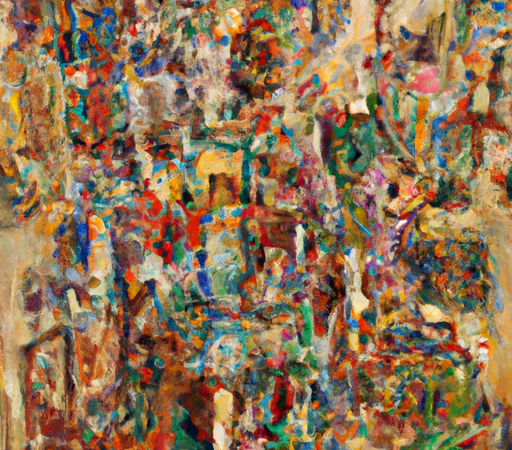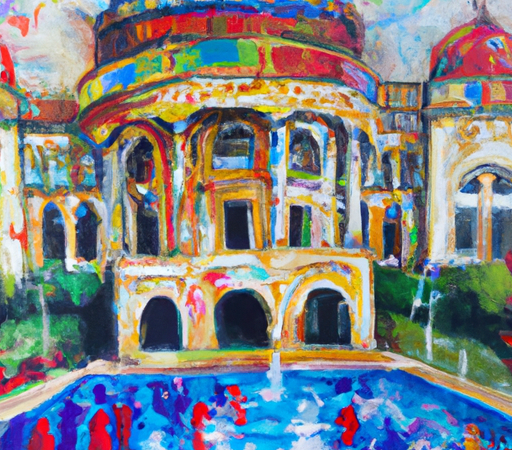Unraveling the Enigma: Delving into the Stories and History of Renowned Art Masterpieces

Unraveling the Enigma: Delving into the Stories and History of Renowned Art Masterpieces
Art has the power to captivate, inspire, and challenge our perceptions. Throughout history, countless masterpieces have emerged, leaving an indelible mark on the world. From the Mona Lisa's enigmatic smile to Vincent van Gogh's swirling Starry Night, these artworks have become iconic symbols of human achievement and creative expression. However, behind each masterpiece lies a story, a history waiting to be unraveled.
One such enigmatic piece that continues to intrigue art enthusiasts is Leonardo da Vinci's Mona Lisa. Painted between 1503 and 1506, the portrait of an unidentified woman has puzzled viewers for centuries. Who is she? What is the meaning behind her enigmatic smile?

While the identity of the subject remains a mystery, historians believe she is Lisa Gherardini, the wife of Florentine merchant Francesco del Giocondo. The portrait's fame escalated in 1911 when it was stolen from the Louvre, creating headlines around the world. The theft catapulted Mona Lisa from a celebrated artwork to a global sensation, ensuring its place in the annals of history forever.
Similarly, Pablo Picasso's Guernica, painted in response to the bombing of the Spanish town during the Spanish Civil War, carries a powerful message that transcends its physical form. Considered one of the most important anti-war artworks, Guernica depicts the horrors of war and the suffering it inflicts upon innocent civilians. The sprawling monochromatic masterpiece has become a symbol of resistance and a reminder of the devastating consequences of conflict.
Another iconic piece is Michelangelo's Sistine Chapel ceiling frescoes. From the incredible Creation of Adam to the Last Judgment, these monumental artworks are testaments to the artistic genius of the Italian master. Commissioned by Pope Julius II in the early 16th century, Michelangelo spent years painstakingly painting the ceiling, creating a breathtaking visual narrative that fuses biblical stories with human emotions.
But the history of masterpieces is not limited to the renowned names of art history. Lesser-known artworks also hold captivating stories. Take Johannes Vermeer's Girl with a Pearl Earring, for instance. The mysterious subject, her pearl earring, and the play of light and shadow in the painting have fascinated art lovers for centuries. Although little is known about the subject or Vermeer's intentions behind the piece, it continues to enchant audiences through its beauty and intrigue.

Understanding the stories and history behind renowned art masterpieces not only enhances our appreciation for their aesthetic value but also provides insight into the broader social, cultural, and political contexts in which they were created. These artworks are not just objects to be admired; they are reflections of the artist's world and their view on life.
In recent years, technological advancements have allowed experts to delve even deeper into the mysteries surrounding artworks. Through the use of X-rays, infrared reflectography, and other analytical techniques, hidden layers, sketches, and alterations emerge, shedding light on an artist's creative process and the evolution of their ideas.
The journey of unraveling art masterpieces continues to evolve, as researchers, curators, and art enthusiasts collaborate to uncover the mysteries. While some enigmas might remain unsolved, the thrill of discovery and the appreciation of artistic genius keep the quest alive.
Next time you find yourself in front of a renowned masterpiece, take a moment to ponder its story, the history it carries, and the emotions it evokes. Through this lens, art becomes not only a form of visual pleasure but a gateway to the past, offering a deeper connection to the human experience and the enduring power of creativity.






